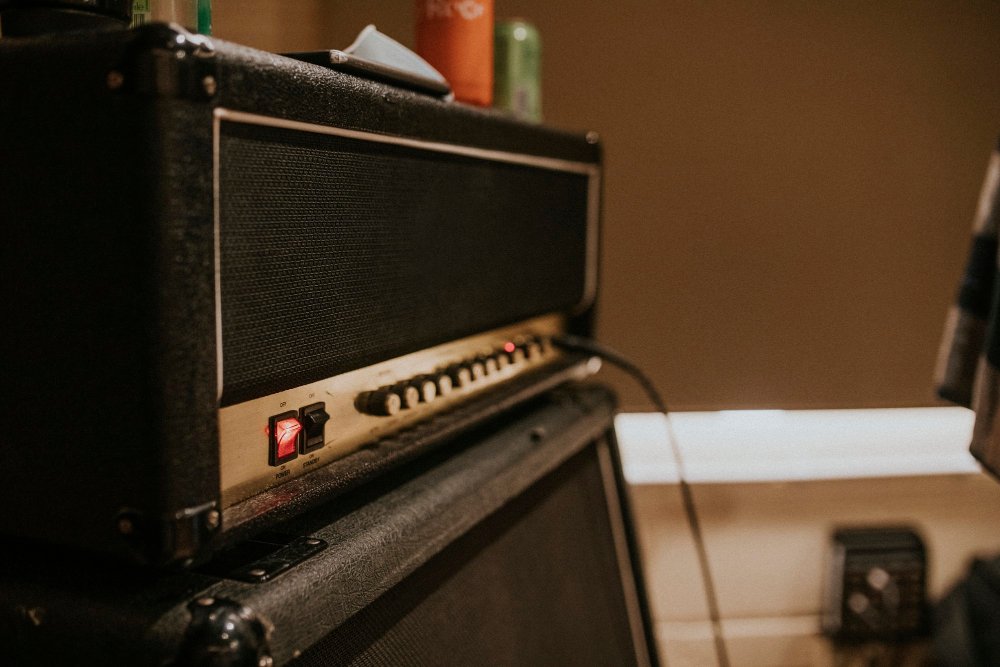In the realm of modern music production, achieving a rich, organic sound often involves blending digital precision with analog warmth. One effective technique to accomplish this is re-amping—a process that breathes new life into digital recordings by routing them through analog equipment. This article delves into the re-amping process, exploring equipment choices and techniques to add depth and character to your tracks.
Understanding Re-amping
Re-amping involves taking a previously recorded, dry (unprocessed) track and playing it back through an amplifier or effects unit to capture the unique tonal qualities of analog gear. Originally popularized in guitar recording, re-amping has expanded to include various instruments and audio sources, offering producers and engineers the flexibility to experiment with different sounds and effects post-recording.
The Benefits of Re-amping
- Creative Flexibility: Re-amping allows you to experiment with different amplifiers, effects, and microphone placements without the pressure of achieving the perfect sound during the initial recording session. This flexibility enables you to tailor the tone to fit the mix precisely.
- Enhanced Depth and Character: Analog equipment imparts a warmth and richness to digital recordings that can be challenging to replicate with software plugins. Re-amping introduces subtle harmonic distortions and dynamic nuances, adding depth and character to your tracks.
- Time and Cost Efficiency: By recording a clean, dry signal initially, you can re-amp at a later time, potentially saving on studio time and costs. This approach also allows for more thoughtful experimentation with different gear and settings.
Essential Equipment for Re-amping
To effectively re-amp your recordings, certain equipment is essential:
- Direct Input (DI) Box: During the initial recording, a DI box captures a clean, unprocessed signal from the instrument. This dry signal serves as the foundation for re-amping. (audient.com)
- Re-amp Box: After recording, a re-amp box converts the line-level signal from your digital audio workstation (DAW) back to an instrument-level signal suitable for amplifiers and effects units. This device ensures proper impedance matching and signal integrity. (radialeng.com)
- Amplifiers and Effects Units: The choice of amplifier and effects units significantly influences the final sound. Vintage tube amps, solid-state amps, and various pedals each offer unique tonal characteristics. Experimenting with different combinations can yield diverse results.
- Microphones and Preamps: Selecting the right microphones and preamps is crucial for capturing the re-amped signal. Dynamic microphones are often used for their durability and ability to handle high sound pressure levels, while condenser microphones can capture more detail and nuance. (studioassistant.io)
Step-by-Step Guide to Re-amping
- Record a Clean Signal: Begin by recording a dry, unprocessed version of your performance using a DI box. This clean signal serves as the foundation for re-amping and allows for flexibility in post-production.
- Set Up the Re-amping Chain:
- Connect the output of your DAW to the input of the re-amp box.
- From the re-amp box, run an instrument cable to the input of your amplifier or effects unit.
- Position your microphones to capture the desired sound from the amplifier or effects unit.
- Adjust Levels and Impedance: Ensure that the levels and impedance are correctly set to prevent distortion or signal loss. Re-amp boxes typically offer controls to adjust these parameters, facilitating optimal signal flow. (radialeng.com)
- Experiment with Amplifier Settings and Effects: With the re-amping chain set up, play back the dry signal and adjust the amplifier settings, effects units, and microphone placements to achieve the desired tone. Take your time to explore different combinations and settings.
- Record the Re-amped Signal: Once satisfied with the sound, record the re-amped signal onto a new track in your DAW. This process allows you to capture the unique tonal qualities imparted by the analog equipment.
Advanced Techniques in Re-amping
- Parallel Re-amping: This technique involves blending the original dry signal with multiple re-amped versions, each processed differently. For example, you might combine a clean re-amped track with one that has added distortion and another with reverb, creating a rich, layered sound. (hometheaterhifi.com)
- Reverse Re-amping: By sending a reversed audio signal through an amp or pedal, you can achieve surreal and unique tonal effects. This method is particularly useful for experimental productions seeking unconventional sounds. (hometheaterhifi.com)
- Using External Preamps: Incorporating external preamps into your re-amping setup can add additional warmth and character to your recordings. Tube preamps, for instance, are known for their ability to introduce subtle harmonic distortion, enriching the overall sound. (recordmixandmaster.com)
Troubleshooting Common Issues
- Ground Loops and Hum: Ground loops can introduce unwanted hum into your recordings. To mitigate this, ensure all equipment is properly grounded and consider using ground lift switches on your DI and re-amp boxes.
- Signal Level Mismatch: Incorrect signal levels can lead to distortion or a lack of presence in the re-amped signal. Always check and adjust levels at each stage of the signal chain to maintain optimal sound quality.
- Latency: Re-amping can introduce slight latency, potentially causing timing issues when recording instruments alongside virtual instruments or pre-recorded tracks. Most DAWs provide a way to offset this latency. Check your DAW’s manual for detailed instructions on adjusting the audio buffer size for optimal performance. (recordmixandmaster.com)
Conclusion
Re-amping is a powerful technique that allows recording engineers and producers to infuse digital recordings with the warmth and character of analog equipment. By thoughtfully selecting and experimenting with various amplifiers, effects units, and microphones, you can transform your tracks, adding depth and richness that digital tools alone may not achieve. Embracing the art of re-amping opens up a world of creative possibilities, enabling you to craft recordings that resonate with authenticity and musicality.
